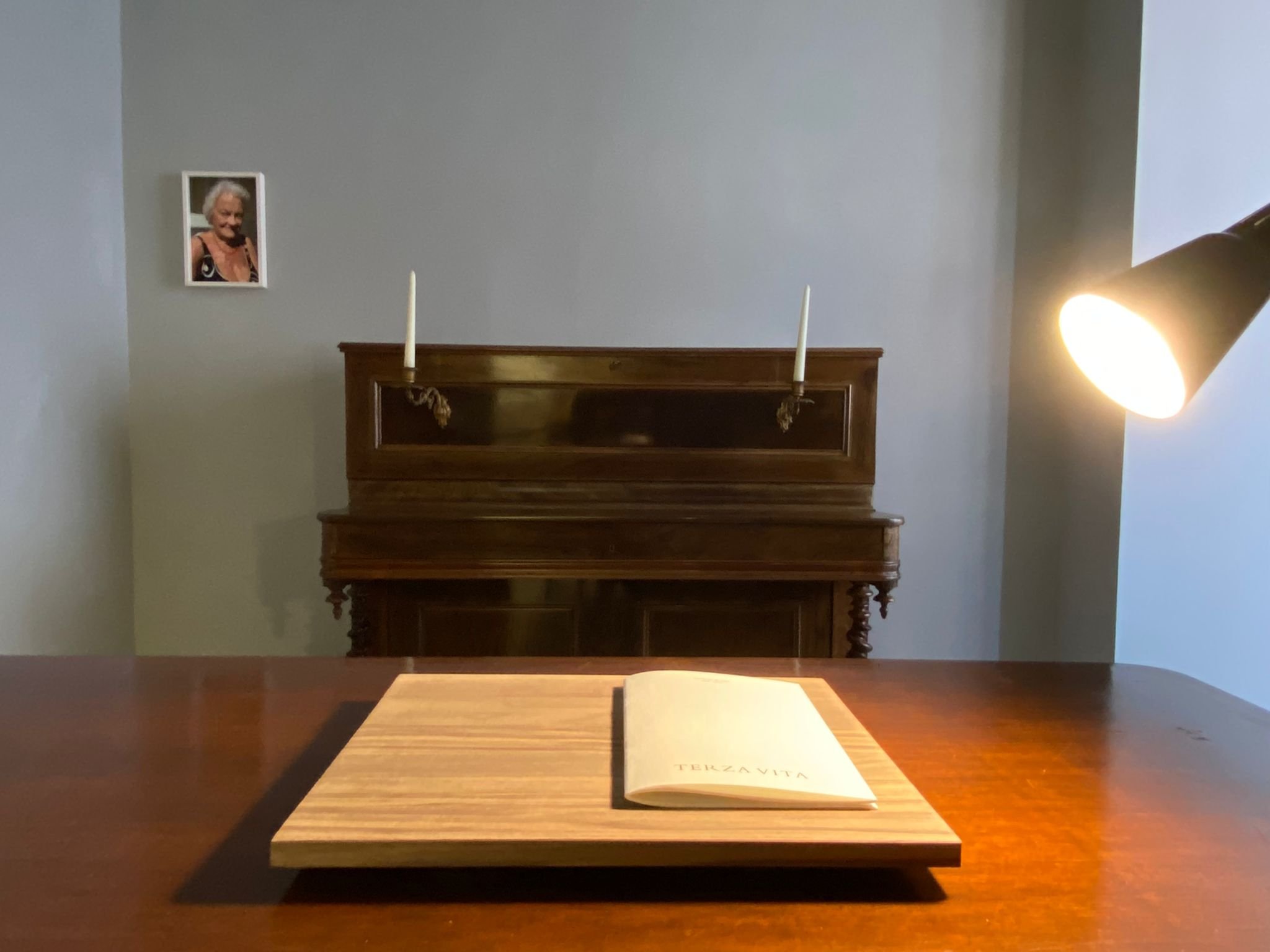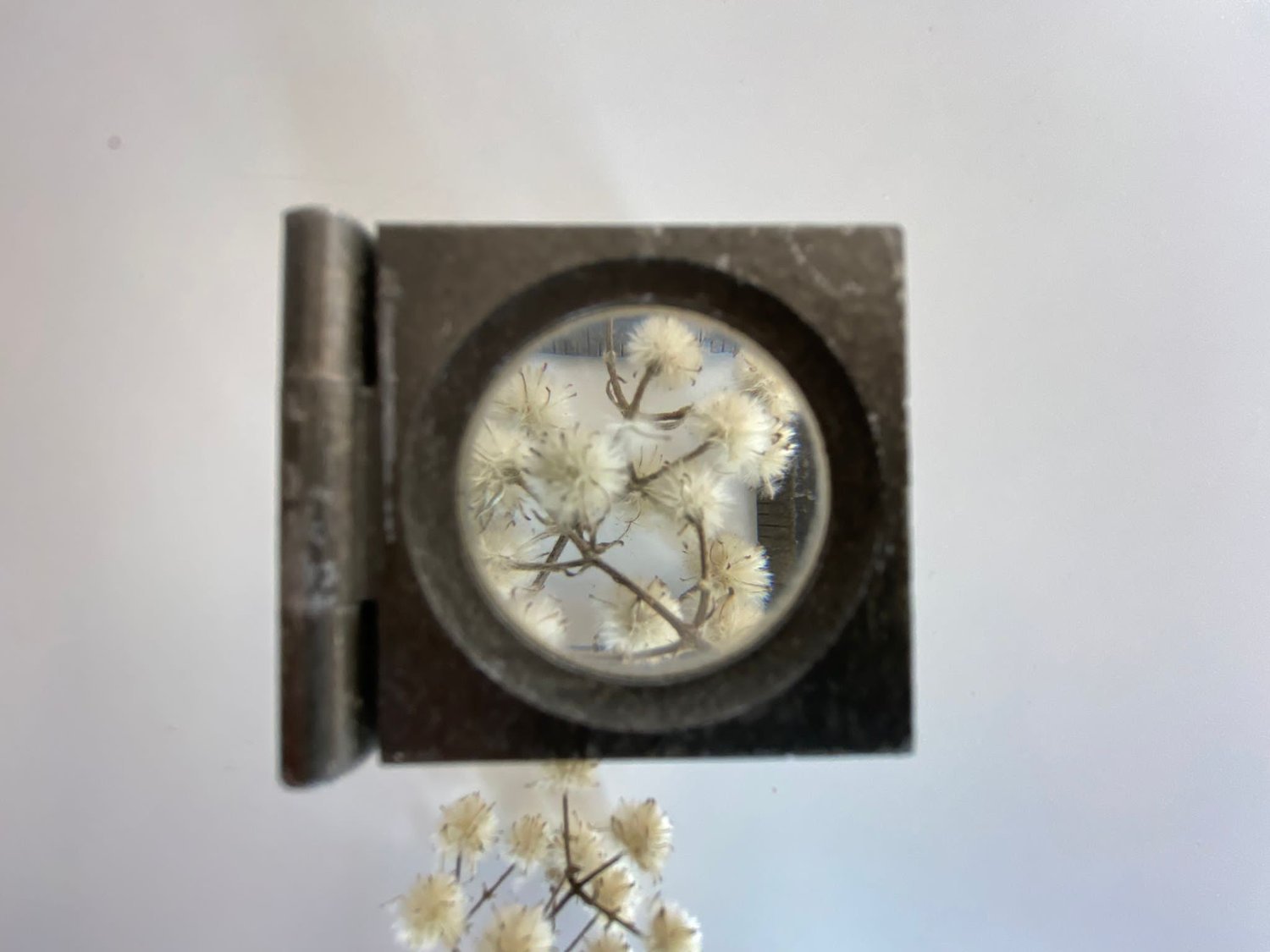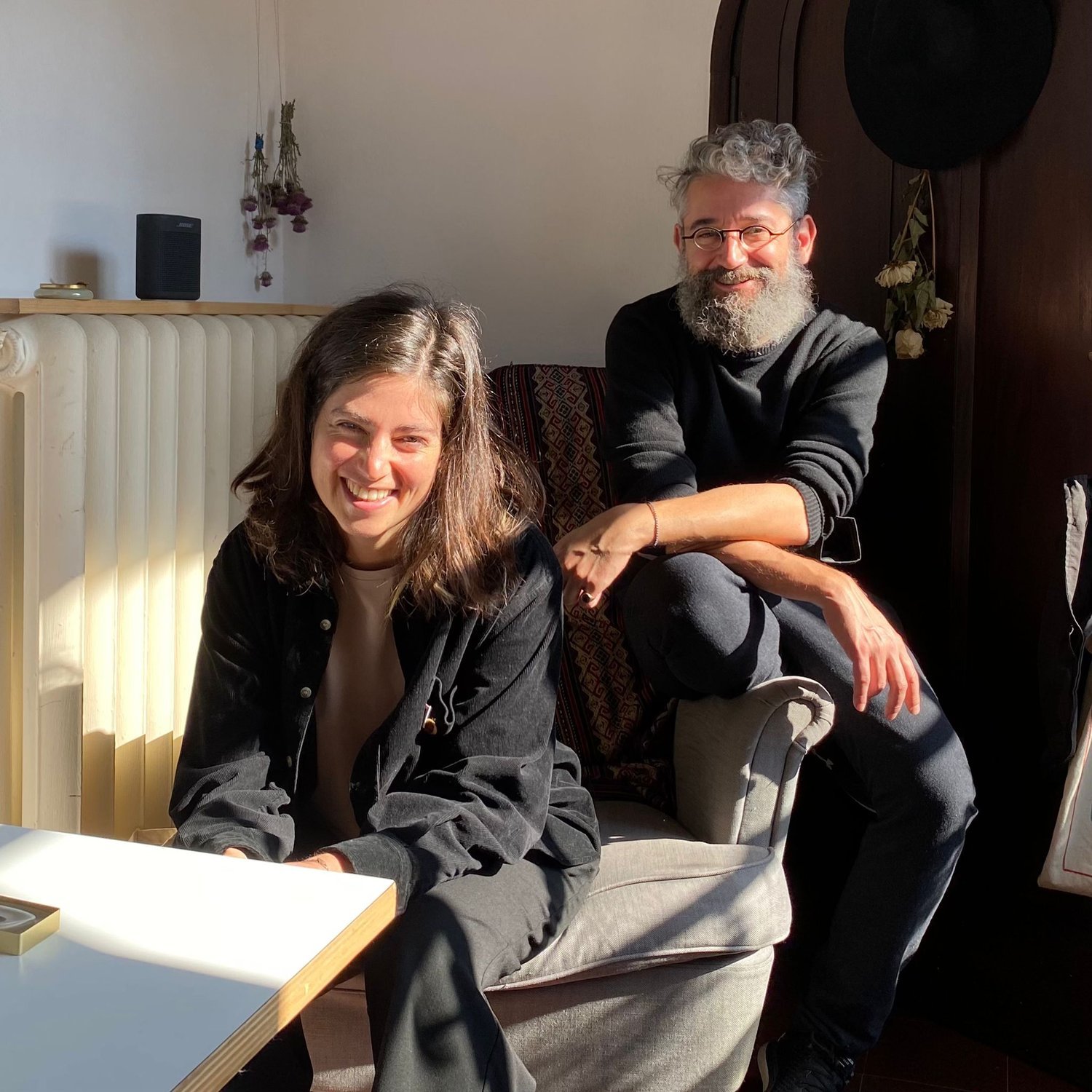GONZALO GOLPE – "Verba Volant" and the seductive charme of Rome
Despite having lived in this city for thirty years, the charm of Roman October never ceases to surprise me. In the closed-off capital city hosting the G20, my husband and I drive to the top of the Gianicolo and stop at the foot of the Fontanone: it is almost inevitable to associate this place with Paolo Sorrentino's La Grande Bellezza and, as in the film, I expect to hear the Choir of Santa Cecilia tuning its notes from the balcony. For the cannon shot, however, we will have to wait a little longer: there is an hour to noon.
Below us, Rome lets itself be caressed slyly by the warmth of the autumn sun. We walk a few metres to the square of San Pietro in Montorio and, making our way between a swarm of elegant wedding guests and a picket of guards in full uniform waiting to honour the newlyweds, we find Gonzalo Golpe waiting for us. Art editor, teacher and poet, for over 15 years Gonzalo has left his indelible mark on books, art exhibitions, websites and computer applications. Originally from Madrid, he arrived in Rome in February 2021 for an artistic residence at the Real Academia de España, located in the cloister of a former monastery, which was built between 1481 and 1500 by the Catholic king and queen Ferdinand II of Aragon and Isabella of Castile.
Every year the Academy, founded in 1873 with the aim of promoting the training of artists, restorers and researchers, grants scholarships and residencies to Spanish-speaking artists working in different disciplines, and Gonzalo Golpe – an old acquaintance of ours – is one of this year's fellows. It is he, together with his partner Marcela, who guides us through the halls of the Academy.
At every corner of this magnificent building, we breathe art and history. Each window reveals a breath-taking glimpse. We visit various rooms, each dedicated to a different artist and project. On one of the walls, I notice some sadly familiar photographs: they show the red Renault 4 in which, on 9 May 1978, the lifeless body of the politician Aldo Moro was found, in Via Caetani. It is a black page in the recent history of Italy, which I personally experienced during my first years in Rome. In the background, behind the car, a poster advertises Antiquarium Comunale, the exhibition on Rome, from its origins to the Republic which - in those days - was taking place at Palazzo Caffarelli. The photographs are part of a project by the artist Álan Carrasco entitled Like a heartbeat and, in this overlap of images, I see the complex face of the city known as “caput mundi” which for millennia has made people dream for its incomparable beauty but which, at the same time and for a thousand different reasons, forces the Romans to deal with a difficult daily reality.
The tour continues, and we see the inner cloister with the fountain in the centre framing the exhibition. We meet Mar Sáez, another artist in residence, who talks about her Terza Vita project:
“This work – she explains – aims to be an in-depth reading of how we relate with each other in the cities of the twenty-first century during the pandemic. We wonder how the inhabitants of a city that limits its movements and that closes its bars, restaurants, museums live together; more generally, we ask ourselves what freedom is. Terza vita studies the concept of freedom in a broad and unanimous, if not downright paradoxical, sense. To this end, it combines photography with documents, video recordings and audio interviews. Freedom emanates a profound charge, a force rooted in the very sensuality of the human being, perfectly embodied by the city of Rome: an exercise in seduction and celebration of transience; an appetite for life”.
Immersing myself in art is, for me, always a pleasant opportunity, but listening to an artist describe their project is a rare privilege and it makes the experience precious and unique. This is the mood that accompanies me when, at the end of our tour, we find ourselves in front of the installation by Gonzalo Golpe.
"Verba Volant - reveals Gonzalo - is part of The Distance, a research on visual language that I am carrying out here at the Academy and which offers a different, physical and intuitive reading experience, making the reader an active subject that moves with body, mind, eyes, and emotions”.
Arranged on the walls of a large paper cube, dozens of photographs follow one another in a visual symphony that uses birds as a guiding thread: it is a journey through time and space. From New York to Babylon; from language treated – and studied – like science, to a cuneiform tablet that seems to be written by a bird; from Chomsky's universal grammar to Darwin's theory of natural selection; from language intended as a weapon, to the mother tongue: the most intimate, the one that configures our brain by creating a link between thought and word which, over the years, will be as important as that of blood.
Verba Volant (video in Spanish)
The exhibition, inaugurated last 7 October, can be visited until 15 January 2022. “After that - Gonzalo tells us - I will spend some time in a quiet place, surrounded by nature, to recharge and think about my next project”.
Before leaving the Academy, Gonzalo and Marcela take us to their studio, where the light that filters through the huge windows illuminates a table on which small artefacts, photographs and dried flowers are arranged, with almost maniacal precision: a yellowed photo poised over a tuning fork, three brass horses at a gallop, some micro petals to be scrutinized with a tiny lens. Objects apparently without any correlation but which, in reality, have a very specific meaning.
“This – reveals Marcela – is a bit of a summary of ‘our’ Rome. Walking through the alleys of the centre, in the Porta Portese market or in the Doria Pamphili park, we collected trinkets, plants and flowers that tell about the experience we live in this city”.
As in Verba Volant, also here an invisible Ariadne's thread unites every single object and invites us to reflect on the depth of Gonzalo Golpe's message: for the artist, "Everything is One", a concept that has always accompanied the history of humanity.
The ancient Egyptians called it Nun and Nunet, which is the father/mother substance that pervades all matter and from which the world originates. The Greek philosophers coined the term Archè to define the interconnection between all the elements of nature: not surprisingly, in the Oracle of Delphi man is exhorted to "know himself in order to know the Universe and the gods". Later, Giordano Bruno interpreted it as a single force - love - that binds infinite worlds and makes them come alive. Even in quantum physics, it is claimed that every single particle of energy is inextricably connected with any other particle that exists, beyond space and time.
Immersed in my reflections, together with the rest of the group I leave the Academy behind and go down the few flights of stairs that lead to the heart of Trastevere. My gaze stops once again on the magnificent panorama and I think that Rome is the perfect synthesis of "Everything is One".
In the Eternal City - Goethe's "capital of the world", Byron's "home of the soul" - old and new, spirit and matter, vices and virtues, come together to create a magical, seductive, unique place. Ovid got it well when he said: "What is beautiful in the world is all here".
Cover: Verba Volant
images: Danilo De Rossi









